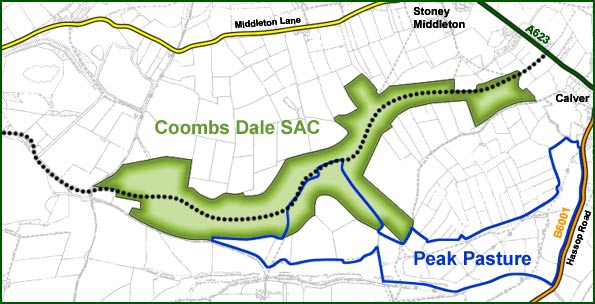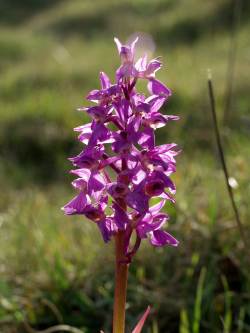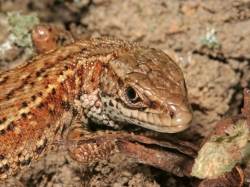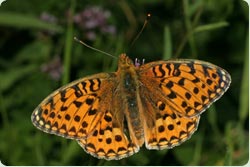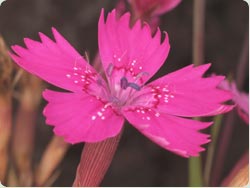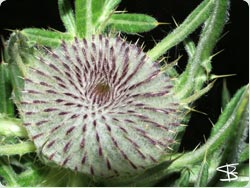Coombs Dale: Special Area of Conservation
Coombs Dale is a superb limestone valley on the very edge of the carboniferous limestone massif. Despite being one of the least known dales in the Peak District; it is situated only a few hundred yards from Calver crossroads. Access to the dale is via a well-concealed entrance just off the busy A623. Extending to over 230 acres the Special Area of Conservation encompasses a wide range of nationally important wildlife habitats, highly characteristic of the carboniferous limestone. Other than grazing, this spectacular secluded dale has escaped the ravages of modern agriculture and is a refuge for many of our most threatened species, a poignant reminder of an ancient landscape long since wiped out in many other parts of Britain. Superb species-rich grasslands support an amazing abundance of attractive wildflowers, which in turn provide shelter and food for a plethora of invertebrates, of which the butterflies and moths are the most prominent.
Early Purple Orchid: The commonest orchid on the Edge sometimes occurring in such abundance that they can form huge purple carpets. Please don’t pick as it takes up to 8 years to before flowering.
Ash woodland conceals the entrance and in parts clings to some of the steepest slopes. Being the last to leaf in spring and first to drop in autumn, coupled with a lax canopy, they support a very rich shrub and ground flora that is a delight to the eye in late spring. Rocky outcrops, particularly on the South Facing slopes, provide habitats to some of the most fascinating plants. Extremely shallow thin soils on the very edge of the cliffs provide a precarious habitat for a host of tiny winter annuals, so-called for their habit of growing in the winter and flowering in spring to avoid summer drought. Sheets of colourful rock plants tumble over the stony terraces, these include a range of plants cultivated in gardens as “alpines “, (Rockroses, Thymes, Stonecrop and ferns) In places woodland, rock and grassland plants intermingle producing a floral spectacle rivalling the alpine meadows of continental Europe. Localised pockets of leached acidic soils lay cheek by jowl with the highly calcareous rendzinas enabling the naturalist to see clearly the profound effect that Ph has on the vegetation. On the upper margins of the dale, you can see vegetation more usually associated with the Dark Peak. Here heather, bilberry, mountain vetch and wavy hair grass dominate the vegetation.
Bee Orchid: Longstone Edge is renowned for its amazing array of orchids. The Bee Orchid is just one of a dozen species recorded within a couple of miles of the quarry.
Dark Green Fritillary: One of the less common butterflies in the National Park, this species thrives on the Edge.
Coombs Dale has more than its fair share of rare plants and animals, providing some of the best and most accessible sites in the Peak to enjoy them. Rarities include the orchid dark red helleborine, fingered sedge, limestone fern, mountain melick, lily of the valley, woolly-headed thistle and leadwort. One of the best butterfly sites in the county is located just below Sallet Hole mine, where in most years the gorgeous Dark green fritillary can be seen visiting the flower rich south-facing verges. With care and patience and a bit of luck 18 butterfly species can be seen here in a single day.
Maiden Pink: A national rare and rapidly declining plant featured in the Red Data Book of highly vulnerable species. This fabulous rarity is in direct and imminent danger from the activities at Backdale.
Woolly Headed Thistle: Not many plants can look you directily in the eye but the Woolly Head certainly can. Growing up to 8 feet this is one of our rarest thistles.


